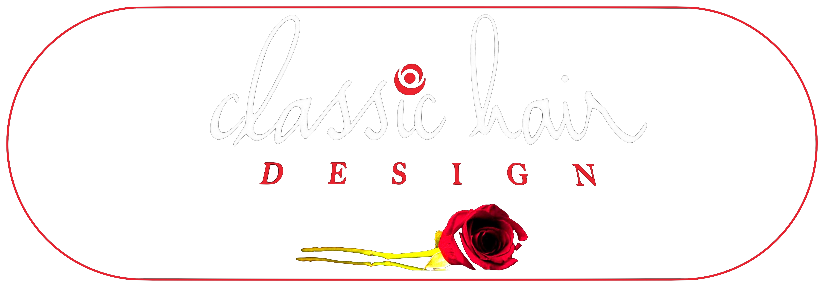
To Book an Appointment
Call or text:
9 0 5. 6 8 9. 8 5 4 9
Hit the link below to Email me for
an online consultation
Welcome to my in-depth Blog on colour correction.
First, let me tell you—I not only love the challenge and reward of correcting colour mishaps, but I’m also deeply passionate about continuously improving my techniques and formulations. Colour correction isn’t something you fully learn in beauty school; it’s something you master over years of experience—through trial, frustration, and even a few tears.
Today, colour has evolved beyond just application—it’s an art. It’s about crafting unique formulas tailored to each individual. This knowledge is the foundation of every colour correction I perform, whether it’s fixing a colour disaster from home or a salon mistake. My speciality is reversing and correcting colour problems while keeping the hair as healthy as possible. In fact, many of my clients leave with their hair looking and feeling healthier than when they arrived—and that’s without bond-pro treatments! With the right colour formulations and techniques, hair health can be visibly restored.
THINGS TO KNOW: Did you know that certain hair colours, when applied to the wrong hair type or paired with the wrong skin tone, can make the hair look dry or damaged? This is especially common with colours that are lighter than a person’s natural shade, particularly on fine or limp hair. What if I told you that simply enriching a colour at the same level—but with deeper, more pigmented tones—could instantly make the hair look shinier and healthier? Think of hair that’s been stressed by colouring, heat tools, or environmental factors. Now, picture a damaged wall with cracks and holes. Once you fill those imperfections with compound and smooth it out, the wall looks brand new. Hair works the same way. Dry, over-processed, or bleached-out hair can be brought back to life with the right colour formulation.
Most of the time, when a client comes in for a colour repair, I focus on filling the hair with demi or semi-permanent colour as part of my correction process—but only after the necessary restoration steps are complete. So where does a successful colour correction start? Right at the consultation. First, let me explain what is a colour correction service and what it may involve.
What Is a Colour Correction Service? Colour correction is a service designed for clients who are unhappy with their current hair colour. Whether it’s a box dye gone wrong or an undesirable result from a salon, I’m here to help fix it!
What’s Involved? Colour correction can be an easy fix or a complex job, depending on the situation. The Correction process, depending on what's been done, may involve one or a few of these procedures:
- Adjusting or completely changing an unwanted colour
- Colour removal
- Toning or fixing uneven tones
- Fixing blotchy highlights
- Lightening an existing colour service that's too dark
- Restoring bleached hair back to It's natural colour
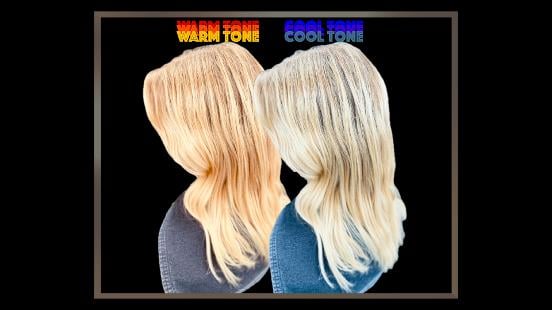
Where Do We Start? It all begins with a consultation—this is the key to success! I offer two types of consultations:
1. In-Person Consultation: A 15-minute session for $40. This fee is not applied to the colour correction service itself, which will be booked separately.
2. Online or Text Consultation: My personal favourite, and it's free. How to Make Your Appointment. If you require an in-person appointment, you can call, text, or email me. If you choose an online consultation, you can email or text me.
Here’s What I'll Need:
- Photos of Your Current Hair: Take clear pictures in a well-lit room, including close-ups and full-head shots. No face shots are necessary if you’d prefer to stay anonymous.
- Details: Share a description of your hair’s condition, the issue, and what you’d like to achieve. You can email or text me these details. I’ll review everything, ask any follow-up questions, and send you my suggestions outlining the best plan to correct the issue—this is free!
It’s essential for me to know your complete hair colour history to determine the best techniques and methods to bring your hair back to where you want it to be.
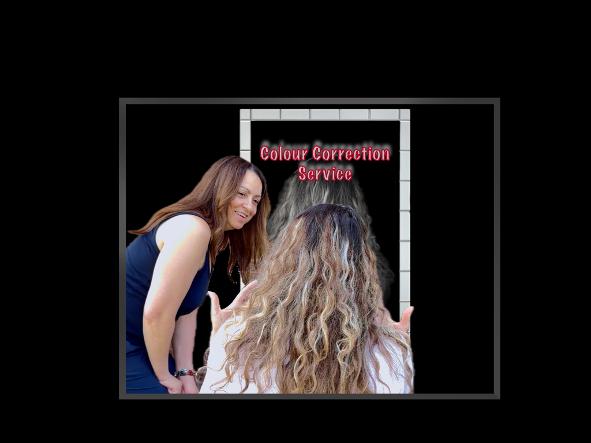
How Long Does Colour Corrections Take? Well, it all depends on what needs to be done, and the time required can vary, it might be resolved in a single appointment or require multiple sessions, especially for drastic overall changes.
At the appointment, here’s how I start: We’ll talk about the issues you’re unhappy with and discuss what you want. After that, I’ll assess what needs to be done. My first step before starting is to determine if your hair is damaged or dry from your previous chemical service. This step is critical for creating your restoration plan. Why does this matter? In some cases of extreme over-processing, I might choose to use a semi-permanent colour instead of a permanent one. And in cases of severe damage, I may recommend holding off on colour correction altogether, suggesting you invest in conditioning treatments and wait until your hair is stronger.
When starting the process, I use a colour indicator to identify your natural hair colour. Every correction begins by determining your natural hair colour, and we build the plan from there.
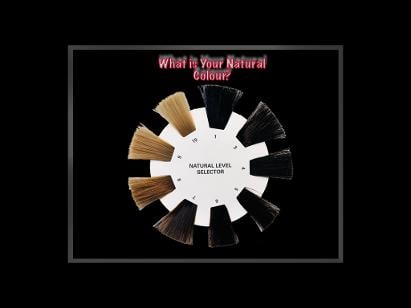
Examples of Correction Services You May Need:
1. Lightening Dark Hair:
- Transitioning from dark hair (levels 1 to 4) to a blonde shade (levels 8 to 10) usually requires a colour remover to strip dark pigments. Afterward, toners or colour are applied to balance uneven tones.
- Depending on the darkness and condition of the hair, as well as the desired level of lightness, some corrections can be completed in one appointment lasting 3 to 6 hours.
- More challenging cases, like black or dark colours with a red or violet base, may require multiple sessions over a series of 3 to 6 months or more to completely remove the dark pigments, avoid damage, and ensure even results.
2. Returning to Natural Colour From Bleached Hair:
- More challenging cases, like black or dark colours with a red or violet base, may require multiple sessions over a series of 3 to 6 months or more to completely remove the dark pigments, avoid damage, and ensure even results.
- If the hair isn’t overly bleached out and porous, the reverse colour can hold and will not require toning. This can be completed in 2 to 3 hours. However, for extremely porous hair, the process may need to be repeated in another session because the open cuticle may not retain the colour. A second application helps thoroughly fill and seal the cuticle and ensures better retention.

3. Fixing Blotchy or Uneven Highlights:
- Highlights that are too thick, uneven, or blotchy that have bleed onto the roots can be corrected by placing thin sections of foil in colour between blotchy areas and carefully hand-painting the natural colour on the roots where the highlights have bled. This will blend and soften harsh lines and unevenness. 1 to 3 hours.
- For extreme cases and long, thick hair. 2 to 4 hours.
4. Correcting Dull Tones:
- Sometimes, the right level of colour is applied, but the tone isn’t complementary to the client. For instance, using a murky green toner or an ash base colour can make some hair textures appear dull and dry. For cool tone colours, I prefer using a colour with a blue or purple base. This doesn’t mean your hair will be those colours; the finished tone gives the hair a much nicer and natural shine. Some clients may prefer warm tones—this can easily be corrected using toners with a yellow or orange base, which can give dull colours a boosted shine. Both methods create vibrant results by ensuring the tone complements the client’s features.
- To remove dullness, not the whole colour, just partially, I use a low-volume bleach mixed with conditioner to lightly penetrate the hair shaft and assist with removal. The desired toner or colour is applied, usually with a semi-permanent colour—beautiful for keeping the hair healthy. 1 to 3 hours.
In the before and after photo, this client had her colour done elsewhere and came to me to correct two issues she was unhappy with—blotchy highlights and brassiness. Both concerns were addressed by evening out the highlights and refining the tone for a smoother, more polished look.
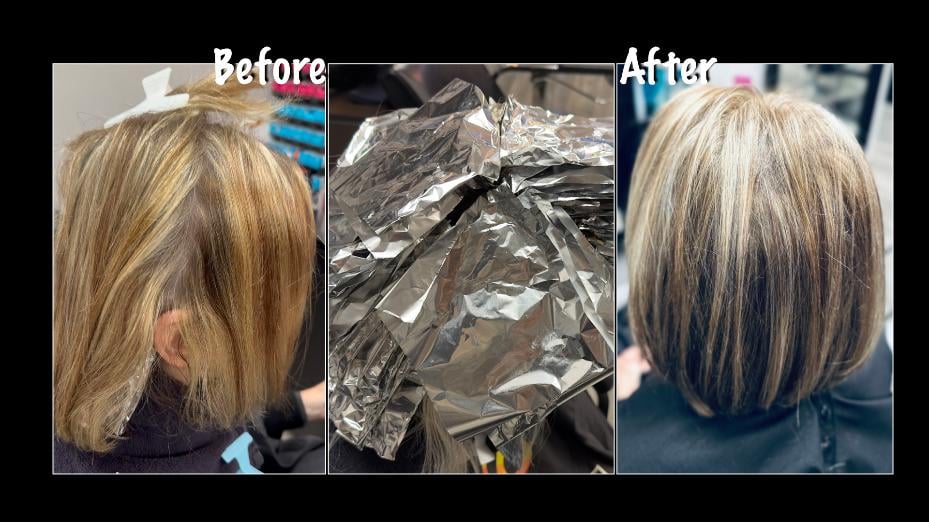
What Makes a Successful Colour Correction? A successful colour correction depends on a hairstylist's strong understanding of colour theory and the ability to effectively use the colour wheel. These skills are fundamental to all my colour decisions.
Simplified: About the Colour and Theory. The colour wheel is a circular arrangement of colours that colour technicians use in conjunction to make critical colour correction decisions. On one half of the circle, you have: Warm Tones: Red, red-orange, orange, yellow-orange, yellow, and yellow-green. Cool Tones: Green, blue-green, blue, blue-violet, and violet.
When neutralizing unwanted tones, the colour directly opposite on the wheel is used in a mixture to tone down or eliminate. For example:
- To neutralize red, directly across is green.
- To cancel out yellow, directly across is violet.
- To tone down orange, directly opposite is blue.
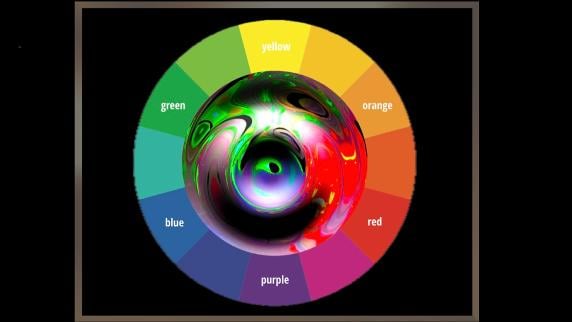
Colour Correcting Washed-Out All-Over Colour: In this photo, you can see the client’s natural regrowth—a mix of grey and dark brown—contrasting with an all-over colour that faded brassy with a harsh regrowth line. Since the client isn’t fully ready to embrace their greys, I used a multi-dimensional colour approach to blend and tone down the warmth.
To correct the brassiness, I chose three complementary shades that seamlessly blend with their natural grey and brown. Instead of a solid colour with highlights, these three tones were foiled throughout the hair, creating a soft transition between their natural colour, grey, and the added shades. The final result is a blend of five tones—my three custom colours, plus their natural and grey—giving a more natural, low-maintenance look without the harsh landing strip regrowth!
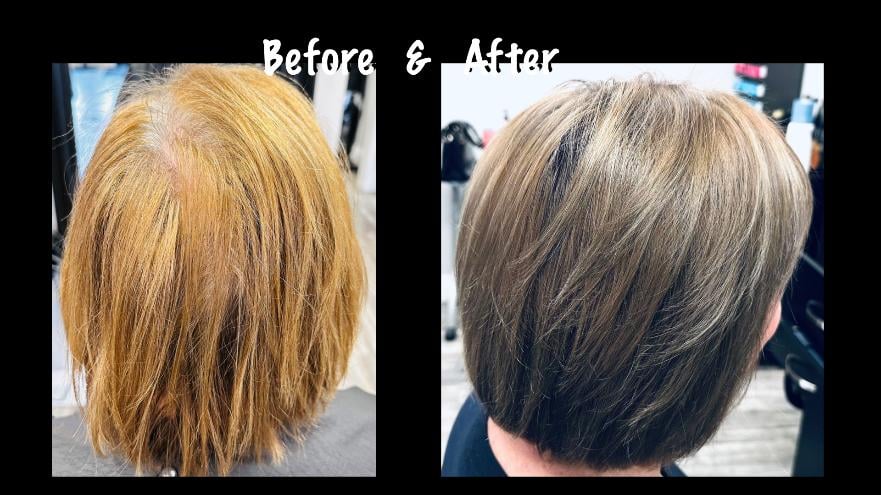
However, hair colour theory isn't always that simple! It’s not just about grabbing the opposite colour on the wheel—you have to think about the level (how light or dark the hair is) and the tone (whether it’s warm or cool). Both need to work together for a correction to be successful. For example:
1. Levels That Don't Match:
- If you try to mix a level 8 ash blonde with a level 6 red, it won't fully cancel out the red because the levels are mismatched. That lighter ash colour doesn't have the depth to neutralize the lower level red.
- What would work better is a level 6 ash tone base - it matches the depth of the red and will help to cancel it out.
2. Tones That Don't Match:
- Let’s say you’re working with a level 9 golden yellow, and you use a level 7 violet level to tone it. The violet level will be too dark, and instead of neutralizing, it could make the hair look muddy and dull. Instead, a level 9 violet toner, this will balance the tone without darkening the overall look.
3. Underlying Pigments When Lightening:
- When you lift darker hair, the underlying pigment shows up. For instance, if you’re lifting from level 4 to level 7you’ll see orange. To tone out, a level 7 blue-violet toner will help balance it out.
- And if you’re lifting from level 6 to level 9, you’ll get yellow undertones. A level 9 violet toner will neutralize that nicely.
Getting the levels and tones right is my job, so don’t worry about all these theories!
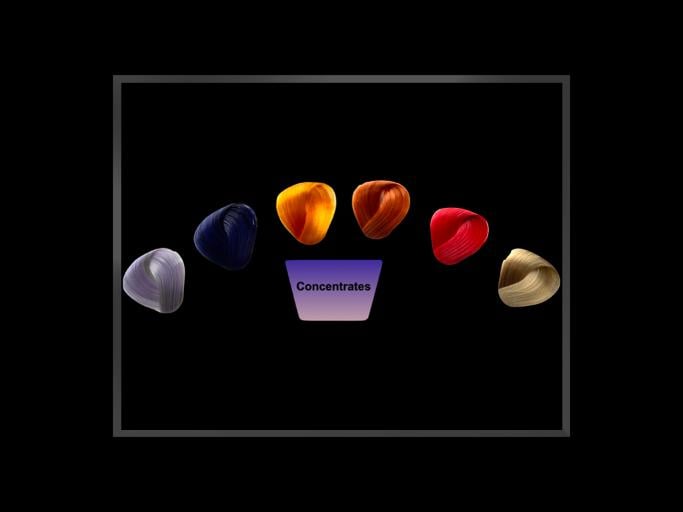
What Are My Charges?
I aim to offer fair pricing based on the time and complexity of the work. I always strive to correct the problem without unnecessary procedures.
Pricing:
- Short Hair (above shoulders): $150/hour
- Medium Hair (below shoulders): $200/hour
- Long/Thick Hair: $250/hour
These are estimates based on an initial consultation and may vary depending on the procedure. A non-refundable $50 deposit is required for booking your appointment, which is refundable with 24-hour cancellation notice. Often, after reviewing your hair during an online consultation, I may advise some home remedies to naturally remove built-up colour before your appointment. This saves time and money! My goal is to make your hair happy and beautifully harmonious.
A Word of Caution
Please don’t try to fix it yourself with drugstore products! DIY colour fixes often lead to multiple attempts that worsen the problem, adding layers of colour buildup in the hair shaft. This makes it much harder—and more expensive—to remove. Save yourself the hassle, time, and money by seeking professional help from the start. Together, we’ll get your hair back to looking its best!
516 Plains Rd E, Burlington ON L7T 2E1 ( located inside Silk Hair Salon) 905 689 8549
Classic Hair Design is a beauty service located in Burlington, proudly serving the communities of Burlington, Waterdown, Dundas, and Ancaster for over 39 years.
With over 35 years of experience, hairstylist Abby Birbari offers advanced haircutting for ladies and men. Specializing in colour correction, colour makeovers, foil highlights, ombre highlights, balayage highlights, shadow highlights, silver highlights, grey blending, and hand-painted highlights. A qualified perm technician specializing in body wave perms, spiral perms, beach wave perms, multi-textured perms, pyramid perms, piggyback perms, and ombre/balayage perms. Curly hair specialist, specializing in curly haircut and style, and permanent hair straightening.